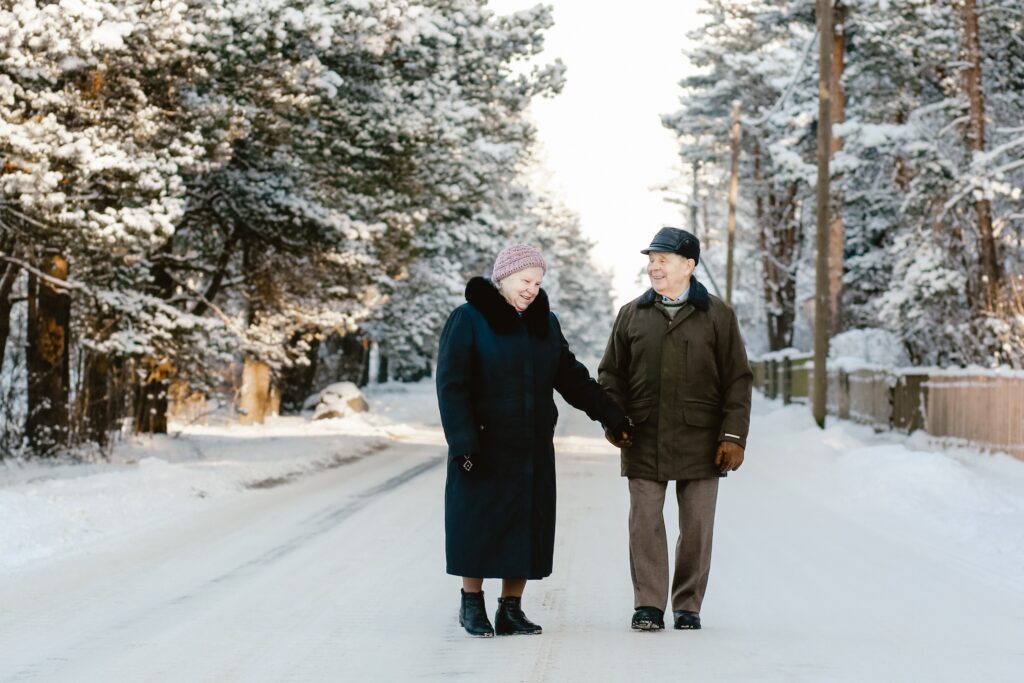A study by medical researchers of the University of Tartu reveals that Estonian 100-year-olds have a richer and more diverse gut microbiota than the young.
Researchers believe this knowledge could be applied to improve the health of microbiota and thus the health of the person. It is also highly likely the microbial habitats of the elderly can be used for isolating bacteria with high probiotic potential, helping protect and promote the health of current and future generations, the university said in a press release.
A century-old bacteria for the health of Estonians
The composition of human microbiota depends on several factors: one’s genetic background, the living environment as well as dietary and hygiene habits. Both the environment and habits have remarkably changed over the past one hundred years.
As a person’s microbiota is fully developed by age two or three, it allows researchers to compare the century-old microbiota with the modern one. Inspired by this, the microbial ecology working group of the University of Tartu conducted the research project, “100-year-old bacteria for the health of Estonians”.

Epp Sepp, an associate professor in medical microbiology, said the microbiota of current 100-year-olds started “at the time of no antibiotics and very little household chemicals”. “These people may still have the so-called old microbiota in their body, making it possible to isolate bacteria with high probiotic potential,” she said.
Diseases of civilization
Reet Mändar, a professor of medical microbial ecology, said there was a “great need” for finding such bacteria, as many common health problems of the modern world – allergies, obesity, diabetes, cardiovascular diseases – are linked to poor microbial diversity in the human gut.
In a civilised society, there are many factors leading to poor microbial diversity, including caesarean delivery, small family size, high-fat foods, the use of antibacterial cleaning products, antibiotics and infant formula and little exposure to animals.

“Studies carried out in Estonia have shown the gut microbiota of allergic, diabetic and obese children differs from that of their healthy peers, particularly by poor microbial diversity as well as by changes in the proportions of large microbial groups,” Mändar said. “Such ‘diseases of civilization’ can be prevented and treated by administering suitable probiotics to affect the gut microbiota.”
According to the university, improving health by changing microbiota is becoming a considerable field of therapy. “This, however, requires research-based studies about how a person’s health indicators are linked to different microbial species and groups,” it said in a statement.
100-year-olds more exposed to animals in their childhood
The project involved 25 Estonian residents aged 96–103 and 25 Estonian residents aged 19–23. A comparison of the studied groups revealed the microbiota of 100-year-olds was richer and its composition included more microorganisms of the external environment. There were differences in the microbiota of the elderly and the young that can be linked to the changes in the environment and diet.
In their childhood, the 100-year-olds had been more exposed to animals, lived in the countryside, without sanitation. The young had had little exposure to animals in childhood and lived in homes with modern amenities.

In the 100-year-olds, the gut microbiota was dominated by an enterotype associated with carbohydrate-rich diet. In the young, the enterotype associated with a high intake of protein and animal fat prevailed – a characteristic of the developed Western society.
Young people consuming more high-fat foods
The gut of the elderly included more microorganisms often found in the environment that can be associated with the more natural lifestyle of their childhood.
The gut flora of the elderly also included more microbes associated with a smaller risk of metabolic and cardiovascular diseases. The young had a larger proportion of bacteria linked to visceral fat and the consumption of high-fat foods.

The elderly also had a larger number of lactic bacteria. “This knowledge and the useful lactic bacteria isolated from the gut of the elderly can be used for preparing recommendations for microbiota-friendly lifestyle as well as the development of new probiotics,” the university said.
The University of Tartu, in Estonia’s second largest town, is the country’s oldest and largest university. According to the World University Rankings 2021, it is among the 300 best universities in the world.
Cover: An elderly couple in Estonia. The image is illustrative. Photo by Anete Toming.

